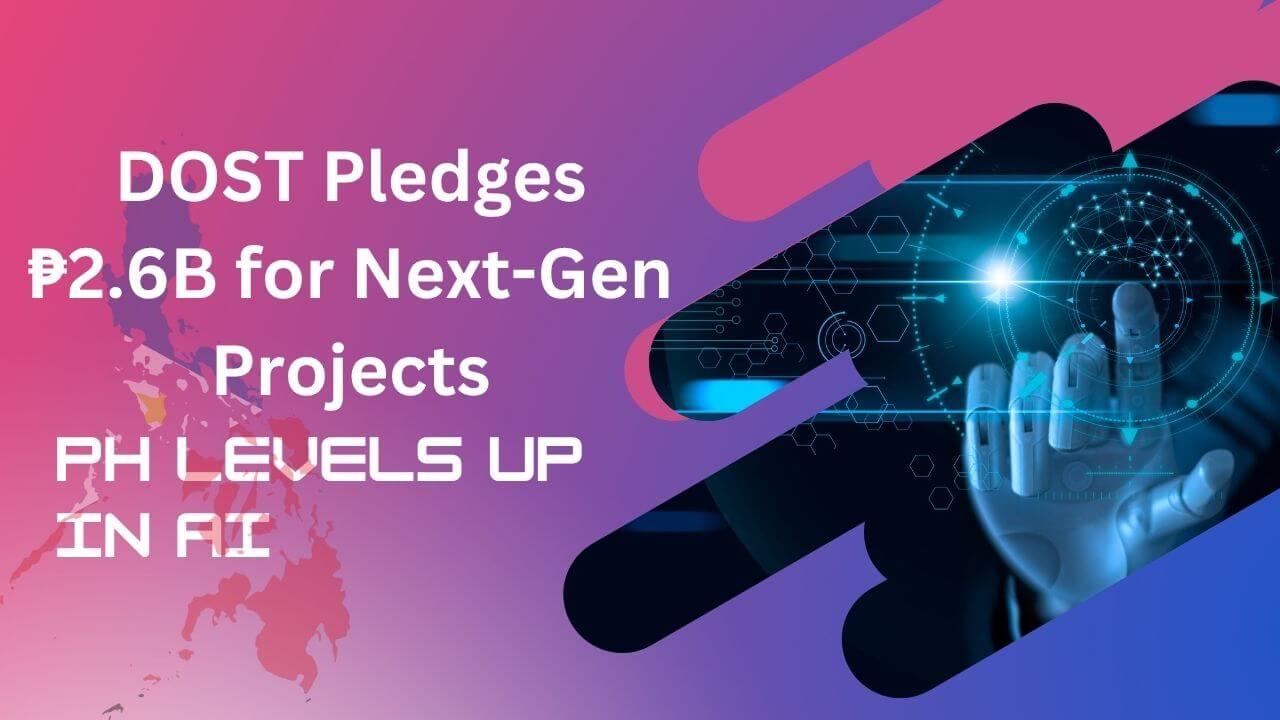🎶 “Tobe! Voltes V!” 🎶 If you just hummed that in your head, congratulations—you’ve been hit by the last song syndrome of one of the most iconic anime themes ever! The Voltes V opening song is legendary, and for Filipinos, it’s more than just nostalgia—it’s a battle cry, a symbol of unity, and a reminder of childhood afternoons spent watching giant robots fight for justice.
But here’s the big question: Could AI and robotics ever make Voltes V a reality? Could the Philippines, with its growing AI industry, ever build its own super robot?
You can relive the full opening theme here and let the nostalgia fuel your imagination!
The AI and Robotics Landscape in the Philippines
While Japan and the U.S. lead in robotics, the Philippines is making strides in AI development. The Department of Science and Technology (DOST) has pledged ₱2.6 billion for AI projects by 2028, aiming to integrate AI into healthcare, agriculture, and disaster management. However, large-scale robotics—especially humanoid or combat-ready machines—remains a distant dream.
Currently, Filipino AI efforts focus on:
- Automation and AI-driven analytics in business and government.
- AI-powered disaster response for typhoon prediction and relief coordination.
- AI-enhanced education to bridge learning gaps.
While these are promising, they are far from the level of AI needed to pilot a Voltes V-style mecha.
Could AI Power a Real Voltes V?
To create a fully functional Voltes V, several AI and engineering breakthroughs would be required:
- Advanced Robotics: The Philippines would need to develop large-scale mechanical engineering capabilities, similar to Japan’s humanoid robots.
- AI-Powered Piloting Systems: Autonomous or semi-autonomous AI would be needed to assist human pilots in controlling a multi-part mecha.
- Energy and Materials Innovation: A super robot would require cutting-edge materials and a power source far beyond current battery technology.
- Military and Defense Applications: While Voltes V was built for battle, real-world applications would likely focus on disaster response, space exploration, or industrial automation.
At present, the Philippines lacks the infrastructure for such ambitious robotics. However, AI-driven automation and machine learning could lay the groundwork for future innovations.
Filipino Ingenuity: The First Steps Toward a Super Robot
While a full-fledged Voltes V may be out of reach, Filipino engineers and AI developers are making strides in robotics and automation. Some promising developments include:
- AI-powered drones for disaster response.
- Smart prosthetics that enhance mobility for persons with disabilities.
- AI-driven manufacturing that improves efficiency in local industries.
These innovations may not be giant robots, but they reflect the same spirit of technological advancement that Voltes V embodies.
Filipino-fy Redention of Voltes V Theme Song
Conclusion: A Dream Worth Pursuing
While the Philippines is still far from building its own Voltes V, AI and robotics are advancing rapidly. With continued investment, education, and innovation, Filipino engineers may one day create machines that embody the same principles of unity, resilience, and technological excellence.
For now, Voltes V remains a dream—but dreams spark progress. Who’s to say that someday, fueled by relentless innovation and Filipino ingenuity, we won’t see a marvel of robotics emerge—one that embodies our spirit of unity, resilience, and cutting-edge technology? When that day arrives, echoing the battle cry of our heroes, we’ll proudly shout, “Let’s volt in!“
Sources
- Voltes V Full Opening Theme Song With Lyrics
- DOST Pledges ₱2.6 Billion for AI Projects by 2028
- Voltes V: Legacy Raises the Bar for Filipino TV with CGI
This article blends nostalgia with AI-driven possibilities, exploring whether the Philippines could ever build its own Voltes V—or at least take the first steps toward large-scale robotics innovation. 🚀🤖





